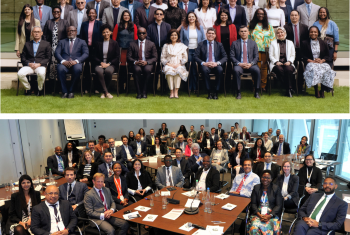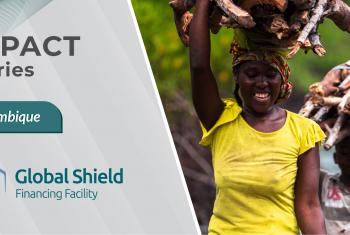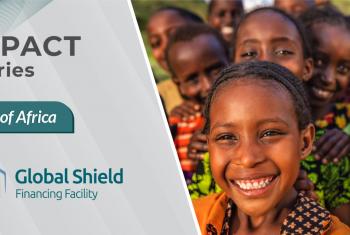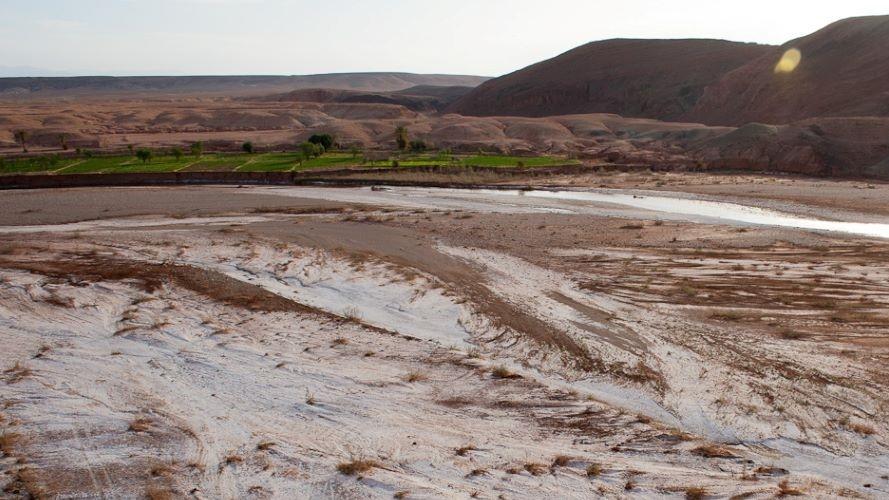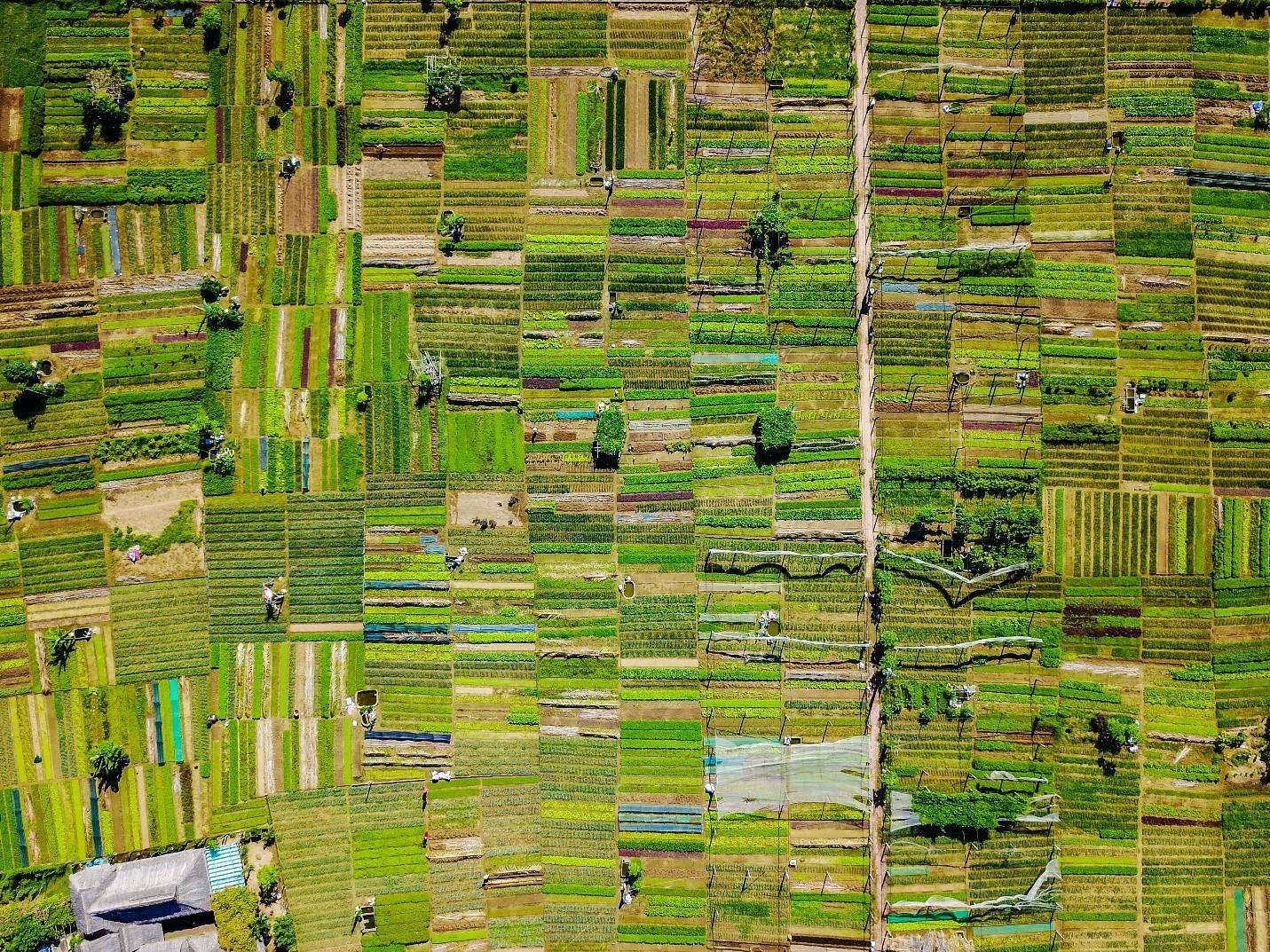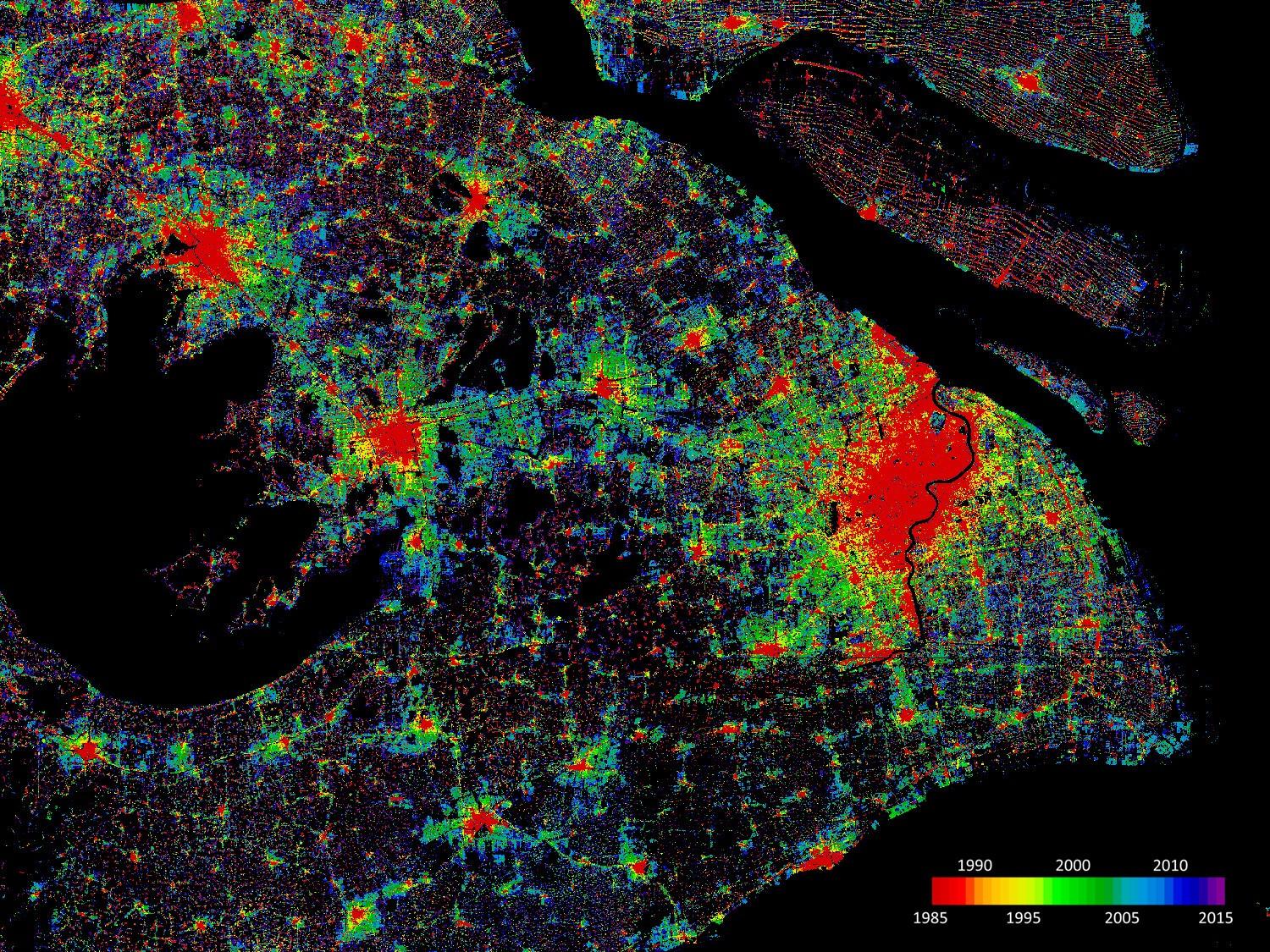Our Blog
Featured Blogs
03 August 2021
The World Bank Crisis & Disaster Risk Finance team (CDRF) at the Finance, Competitiveness & Innovation (FCI) Global Practice has put in place a technical assistance program on Crisis Risk Finance Analytics (CRFA) which leverages innovative analytics at global, country, and project levels to create an enabling environment for improved risk financing and risk management. The program is funded by Global Risk Financing Facility (GRiF) and is under the joint technical partnership between the... Keep reading
24 June 2021
Climate shocks and natural disasters have long-lasting effects — human, social, economic, and environmental. Managing them is a key challenge, from a financial standpoint as much as any other, for governments across the globe. Funding recovery or reconstruction in the aftermath of a disaster relies on solid, private, financial markets. These capital and reinsurance markets offer financing options to help governments diversify the cost of risk away from their own economies. In having a disaster... Keep reading
04 June 2021
Developments in satellite technology, remote sensing, and big data allow us to collect an unprecedented amount of valuable information. Antoine Bavandi , a Senior Financial Sector Specialist at the World Bank Group’s Crisis and Disaster Risk Finance team, talks about how this can be leveraged to address emerging and complex risks. This video illustrates three practical examples of how large-scale satellite-data applications can help improve financial resilience and benefit the world’s most... Keep reading
08 March 2021
In our last blog, we read about why it is challenging to procure reliable drought risk information. The Next Generation Drought Index (NGDI) platform is a cutting-edge project spearheaded by the World Bank’s Disaster Risk Financing and Insurance Program (DRFIP), and supported by the International Research Institute for Climate and Society at Columbia University. Through a combination of unique expertise, satellite technology and simplified design processes, it aims to provide access to the... Keep reading
04 March 2021
Today, more than 746 million people suffer of food insecurity. This is compounded by the direct and indirect effects of COVID-19 which is estimated to push another 150 million+ people into extreme poverty in 2021 . This is exacerbated by an increase in the number of people affected by climate shocks such as drought events (Figure 1). Climate change, widely acknowledged to be a threat to food security could, in worst-case scenarios, double the number of people in need of humanitarian assistance... Keep reading
13 August 2020
In a world turned upside down by the Covid-19 pandemic, the role of satellite imagery has never been so critical. At any time, more than 2,000 satellites are orbiting our planet. They help us communicate, locate, and gather data about complex, interconnected crises that require constant, comprehensive, and global monitoring. Satellite applications are particularly relevant for disaster risk management and financial preparedness, in which early and reliable information is key in ensuring a... Keep reading
